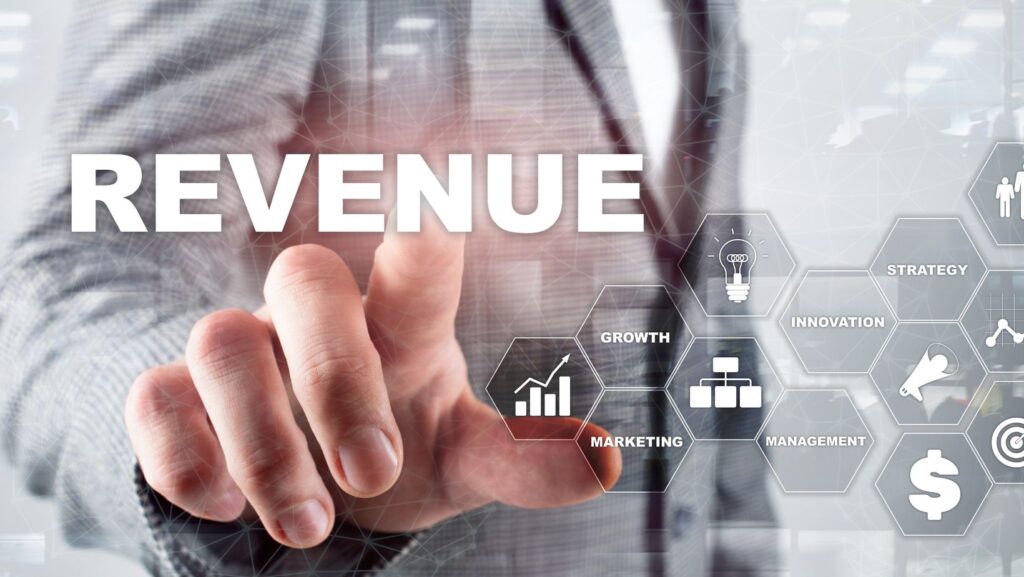
Managing invoicing, billing, and revenue recognition manually takes time. Creating a single invoice can take up to 12 minutes.
And what if your business requires hundreds of invoices to be created daily?
Don’t forget about other documents that need to be processed and created on a day-to-day basis! It’ll take too much time for your team.
But there’s a big problem you might face. Manual processes slow down operations and increase the risk of errors.
Why not automate these tasks to improve efficiency and eliminate mistakes?
The Salesforce revenue optimization solution is exactly what you need! But first things first.
What Is Revenue Lifecycle Management?
Revenue Lifecycle Management (RLM) is a strategy that integrates tools and processes to maximize revenue. It automates every stage, from quoting and closing deals to recognizing revenue. This approach improves accuracy, efficiency, and growth predictability.
Salesforce Revenue Lifecycle Management Solutions
Salesforce takes RLM to the next level. Revenue Lifecycle Management in Salesforce combines revenue and CRM processes into a single platform. Businesses can launch products faster, automate key workflows, and manage one-time sales and subscriptions. Available from February last year, this solution helps businesses scale operations and drive revenue growth.
Key Benefits of Salesforce Revenue Optimization Solution
Automating revenue processes with Salesforce RLM allows businesses to focus on growth and reduce inefficiencies. Here are some major advantages you’ll appreciate:
- Streamlined workflows and automation
- Real-time revenue tracking
- Enhanced compliance and audit features
- Dynamic pricing and personalized quotes
- Scalable solutions to support business growth
- Faster time-to-market for new products
- Improved customer retention rates
How Salesforce RLM Enhances Business Operations
1. Simplified Quoting and Order Management
Sales teams can select price books, configure bundles, and generate quotes effortlessly. The system converts quotes into orders automatically, enabling finance teams to invoice faster and more accurately.
2. Flexibility
Salesforce RLM adapts to customer needs with flexible product configurations and modifications. Sales reps can adjust quantities and pricing while the system ensures real-time updates.
3. Seamless Contract Management and Renewals
Managing contracts and tracking customer assets becomes effortless. Automated renewal processes reduce churn and improve customer retention.
4. Improved Collaboration Across Teams
Centralized data enhances coordination between sales, finance, and legal teams.

This improves customer response times and drives predictable revenue growth.
How Salesforce Revenue Lifecycle Management Works
- Product Classification and Management
Salesforce RLM simplifies product catalog organization. Businesses can assign attributes to items, making it easy to modify and add new products. A well-structured catalog helps teams present products efficiently, accelerating time-to-market.
- Flexible Pricing Configuration
RLM offers full pricing control. Businesses can set attribute-based pricing or use derived pricing models. This flexibility ensures accurate and competitive pricing strategies.
- Real-Time Pricing Simulations
Users can preview and test pricing in real time. This feature boosts confidence in pricing decisions and ensures accuracy for customer-facing quotes.
Salesforce RLM vs. CPQ: Key Differences
Salesforce CPQ (Configure, Price, Quote) and RLM serve different purposes. CPQ focuses on pricing and quoting, while RLM provides a comprehensive revenue management solution.
1. Integration and Flexibility
- CPQ relies on a managed package.
- RLM is natively built into Salesforce for better integration.
2. Focus Areas
- CPQ streamlines pricing and complex product configuration.
- RLM covers the entire revenue lifecycle, from quoting to revenue recognition.
3. Compliance and Finance Support
- CPQ optimizes quoting efficiency.
- RLM ensures compliance with financial regulations and accounting standards.
4. Evolution and Future Enhancements
- CPQ has been a market leader for years.
- RLM is an advanced solution that is evolving beyond CPQ & Billing to provide end-to-end revenue lifecycle management.
Which Solution Is Right for Your Business?
If your primary goal is accurate quoting, choose Salesforce CPQ. However, if you manage subscriptions, billing, and revenue recognition, Salesforce RLM is the better choice.
Where Can Salesforce RLM Be Used?
Salesforce RLM benefits businesses across multiple industries:

Subscription-Based Businesses
- Automates billing and renewal management.
- Tracks subscriber behavior to reduce churn.
Telecommunications Providers
- Enhances accuracy in complex usage-based billing.
- Improves customer loyalty with seamless invoicing.
Tech & Software Companies
- Simplifies subscription management and renewals.
- Provides customer insights for improved relationships.
Healthcare & Life Sciences
- Speeds up claims processing.
- Optimizes cash flow and patient account management.
How to Integrate Salesforce Revenue Lifecycle Management
To integrate Salesforce RLM successfully, start by analyzing your existing processes for quoting, billing, and revenue recognition. Identify inefficiencies that automation can address.
Evaluate your contract lifecycle management (CLM) system to ensure compatibility with RLM. Consider billing challenges and necessary integrations with ERP or accounting systems. Define key performance indicators (KPIs) to measure success. Create a detailed roadmap to guide the implementation.
Need help with integration?
It’s recommended to entrust Salesforce integration services to a reliable SF partner with a deep knowledge of a product and integration experience. It’ll save you time, and the customized solution will help you sell faster and smarter!










